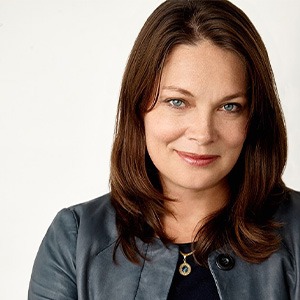How to add value by thinking like a mansion-maker
Budgets are tight. We’ve all read the headlines or felt the squeeze at our own events. Yet, events at scale are still happening. Taylor Swift’s 3-hour concerts anyone? Those tickets aren’t cheap.
So how can budgets be both tight and expansive in our industry at the same time? I’m here to suggest that we can direct those swirling winds to our own ends rather than be buffeted by them.
Budgets vs Models
Many of you may be working with single event budgets. Budgets are designed to estimate and then track the spend on a given project or event. They are a great tool for that purpose. But what budgets are not good at is providing the financial nuance necessary to create a case for an increase or expansion. It is only when we use financial tools to showcase what events “could be” that we can advocate for increasing spend. It is also this transition in thinking and working from budgets to financial models that will help us showcase ourselves as event strategists.
This means we need to think over a span of time for events. Even if an event is only once a year, projecting out to year three or year five will help determine what factors need to be considered to help it grow. That could be by increasing the sophistication of programming if the same audience returns again and again, or perhaps the tradeshow floor is going to grow, or the pricing might get more competitive.
Read More: 5 Tips for Flexible Event Budgeting, No Matter the Format or Economic State
Once you project yourself to that future, you can back into the event you are doing now and build for that reality. This exercise will set you on your way to creating a model instead of just a moment-in-time budget.
Building a Budget vs. Building an Event
Another way of growing beyond financial constraints is by thinking about building the event first, regardless of the budget. Most events are based on a set of parameters handed down by the client or higher-level executives. What if you told your client what they really could do with their event?
The problem with thinking small based on budget, is that we always end up building small. It’s a bit like being told to build a house, but given the budget for a garage. We build the nicest garage we possibly can, and work really hard, and no one is happy.
What if we instead constructed a plan to build a mansion? When we show our plan to the client, or our boss, they just might want to build it. The key will be to show that the mansion-sized event will bring in the ROI, income or awareness that is required to make it make sense for the spend.
“The problem with thinking small based on budget, is that we always end up building small.”
Once you start thinking in an expansive way, you start building value. That’s how Taylor Swift ended up with a concert that sold out for thousands per ticket in hours. She built a mansion and people were willing to pay for it.
A Seat at the Table
Here is where our experience and expertise pays off. We know we are the ones who should be controlling the creative future of the events we plan. We know them, we work on them, and we understand what the audience and the stakeholders want. So, we should be allowed to build them.
When we approach events as though they are ours to shape, we have that seat at the table—without even asking. We can create the plan, even if we’re not asked to. When we can show how the event could grow and change over time, we become a valuable member of the executive team (whether with a client or in-house) rather than a logistics-only perspective. That is the seat we deserve. And it’s where we can make our case that if we build it, they will come.
—
 Heather Mason is CEO of Caspian Agency, a senior fellow and instructor at San Diego State University and Smart Woman in Meetings Hall of Fame winner.
Heather Mason is CEO of Caspian Agency, a senior fellow and instructor at San Diego State University and Smart Woman in Meetings Hall of Fame winner.
This article appears in the May 2023 issue. You can subscribe to the magazine here.




